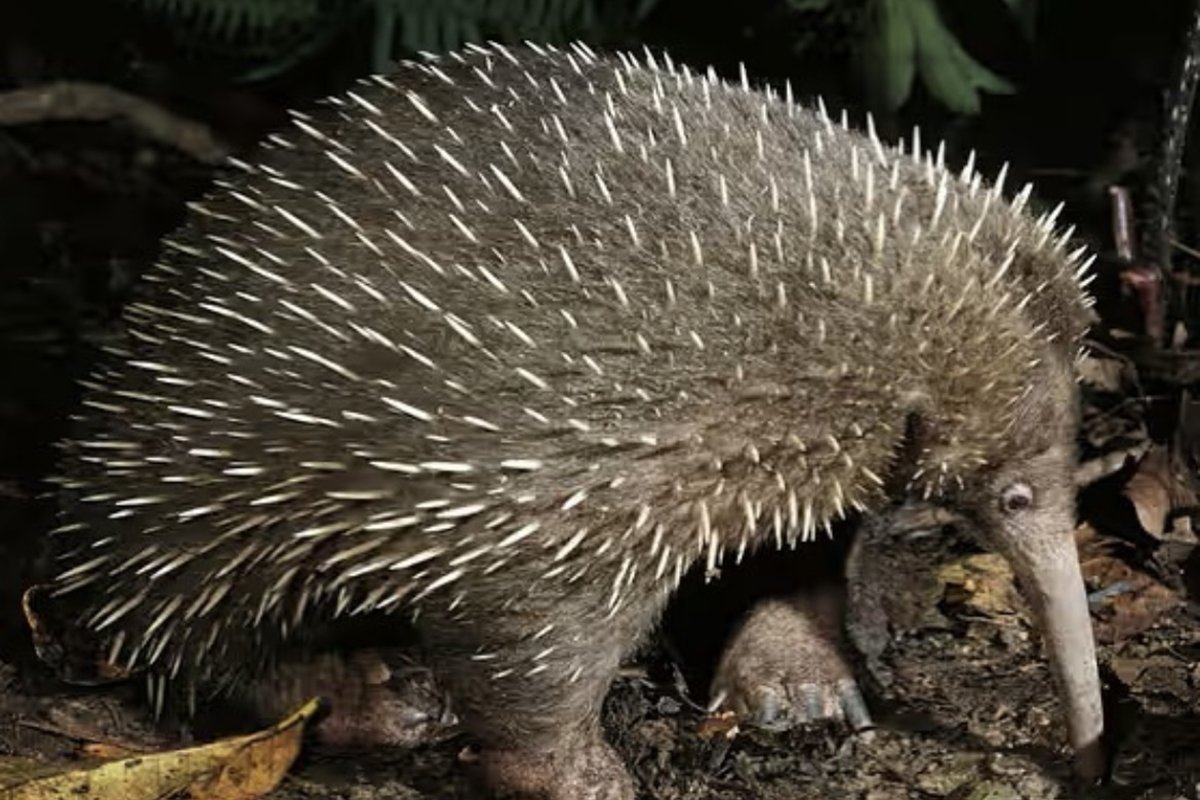‘Extinct’ Species Lives: Sir David’s Long-Beaked Echidna Spotted for First Time in 60 Years

An endangered species has been re-discovered on film, much to the surprise and delight of many scientists. Sir David’s long-beaked echidna (Zaglossus attenboroughi) is named in honor of the naturalist and broadcaster, Sir David Attenborough. The mammal has the spines of a hedgehog, the snout of an anteater, and the feet of a mole. It is a monotreme, part of the same family of egg-laying mammals as the platypus.
Videos by Outdoors
A group of students from Oxford University captured footage of the animal on a trail camera on July 22, 2023. The students discovered the footage on the last day of a four-week expedition through the Cyclops Mountains in Papua, Indonesia. It is classed as a critically endangered species by the International Union for Conservation of Nature (IUCN), and the last recorded appearance was in 1961. Many believed the elusive species to be extinct.
With similar behavioral characteristics to that of a hedgehog, Sir David’s long-beaked echidnas are slow-moving, nocturnal, and live in underground burrows, making them very tricky to spot in the wild. They are known to roll up into a ball when threatened.
Echidnas share their name with a half-woman, half-serpent creature in Greek mythology, due to their hybrid appearance. There are three types of echidnas in existence. Sir David’s long-beaked echidna is the smallest and most threatened of the three. The other two are the Western long-beaked echidna and the Eastern long-beaked echidna, also native to Indonesian New Guinea.





